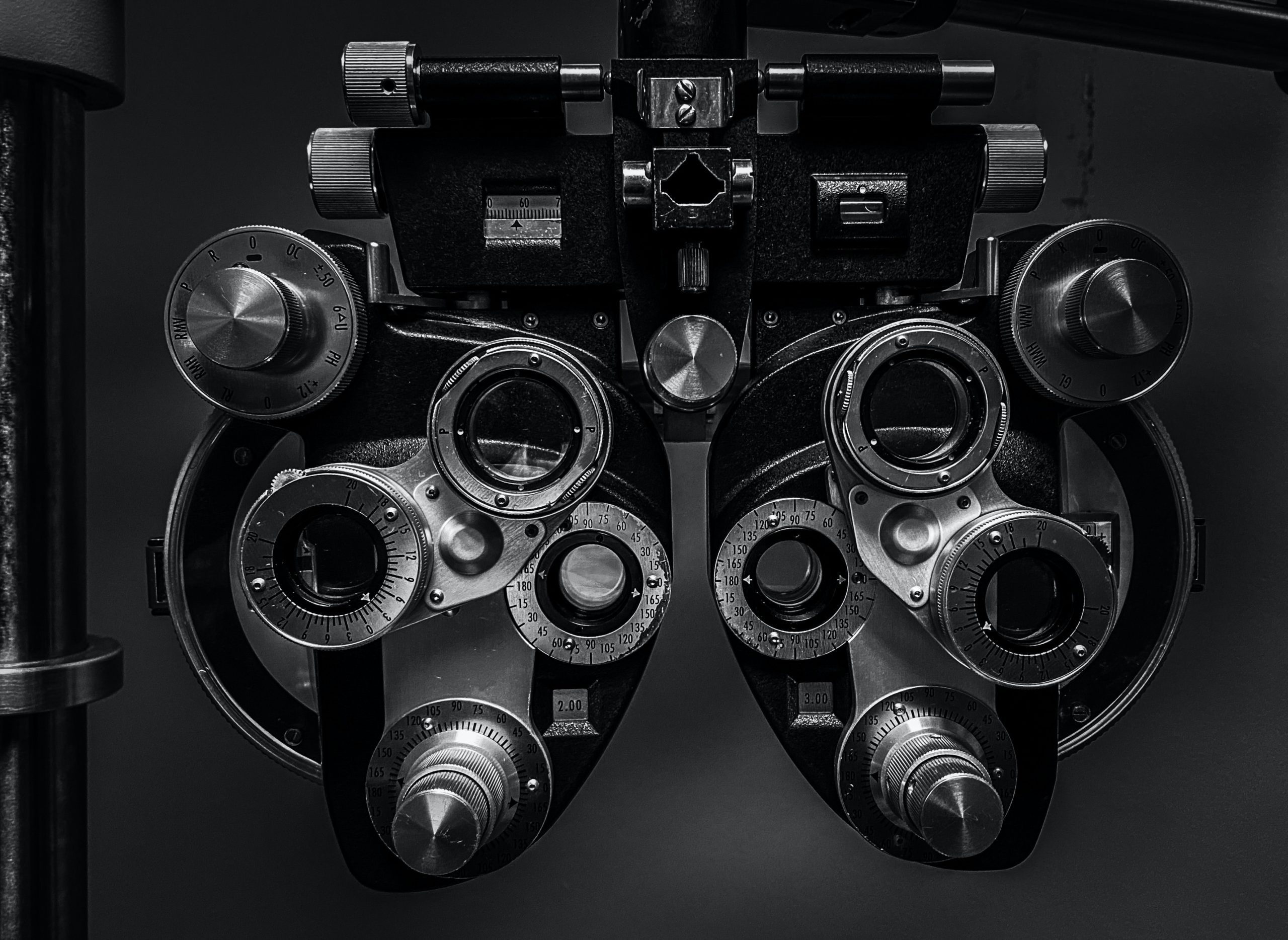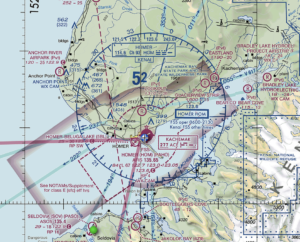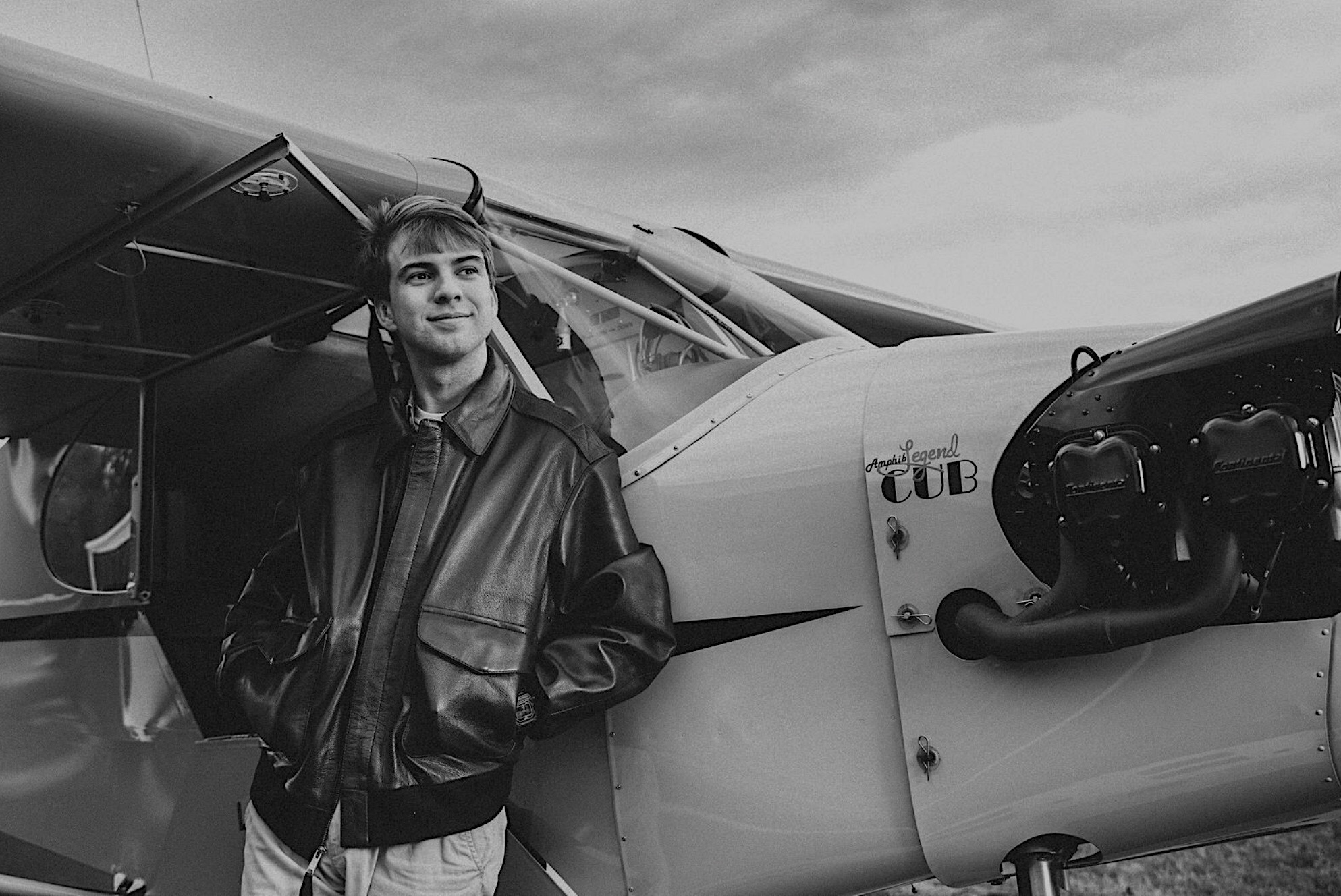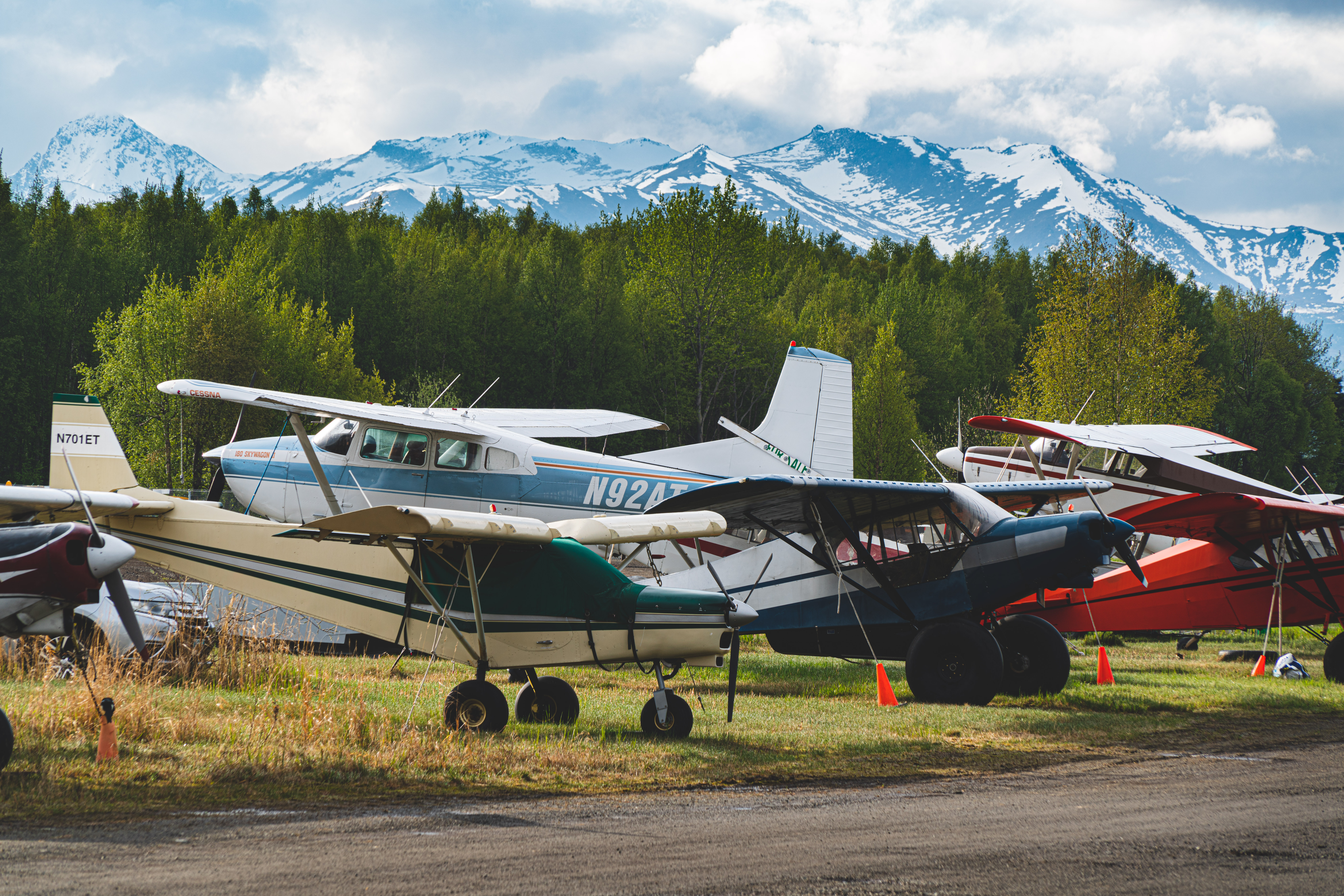
“I would, but my eyesight isn’t very good.”
This is by far one of the most common lines that stops someone from even attempting to get their pilot’s license. So, do you need a 20/20 vision to be a pilot? Good eyesight certainly helps, but one of the most common misconceptions about flying is that you need Superman-like vision. For most certificates, the answer to the question is “no”. However, there are some important regulations you might want to know. Today we are going to break down what the regulations actually call for if you can fly with glasses, if you’re colorblind, or have cataracts or glaucoma.
What are the Vision Requirements for Pilots?
Most private pilots obtain a third-class medical. The regulations require those obtaining a third-class medical certificate to have 20/40, with or without correction, for near (measured 16 inches) and distant (measured at greater than 32 inches) vision. There is no intermediate vision standard for third-class certification. Remember that if you have “20/40” vision, it means you can see clearly at 20 feet which should normally be seen at 40 feet.
A first or second-class medical the FAA requires that a pilot’s distant vision be 20/20 or better, with or without correction, in each eye. Pilots, 50 years and older can have an “intermediate vision” (measured at 32 inches) of 20/40 or better in each eye separately for a first or second-class medical.
Can You be a Pilot with Glasses and/or Contacts?
Yes, you can. The regulations state that the vision standard can be measured “with correction.” That means glasses or contacts may be worn to help you get to 20/40. If you wear corrective contacts, the FAA recommends you carry a pair of corrective lenses as well. If you are prescribed lenses, you must wear those when flying.
An important footnote here is that monovision contact lenses, one contact lens for distant vision and the other lens for near vision, make the pilot alternate their vision between eyes. Meaning a pilot uses one eye at a time, suppressing the other, and this consequently impairs vision and depth perception. The FAA has stated that these lenses are not acceptable for piloting an aircraft.
Additionally, when you go to take your FAA medical examination, remember to bring any glasses or contacts you might use to the exam.
Can You be a Pilot if You’re Colorblind?
Colorblindness is a more difficult hurdle to pass than it may seem at first glance. Those who have done some of our initial online ground school can understand why. Almost the entire loss of communications procedures involves using colored light gun signals (red and green). Additionally, color is very important to reading instruments and lights. A First Officer’s colorblindness was believed to be to blame for the loss of a FedEx 727 in 2002. Since that crash, the FAA has cracked down on color blindness.
The degree color blindness affects your flying will depend on how well you perform on the “pseudoisochromatic color plate test” at your FAA medical. If you are within the specific degree of tolerance, the examiner may issue a medical. That medical will be with a restriction such as “No night flying” or “No flying with light gun signals.” You can take some alternative tests to have the restriction removed. However, if your performance is so poor on the color plate test, it could be grounds for not issuing a medical certificate.
If you think you may have color blindness, it is extremely important (more so than if you think you have poor vision) to get your medical at the start of flight training. You need to talk to your doctor/examiner about possible FAA-approved alternatives to the color plate test. Don’t spend so much time and money on this aviation adventure just to have color blindness ground you after a lot of hard work.
Can you be a pilot with Cataracts or Glaucoma?
Cataracts are serious when it comes to flying. This is because cataracts rear their ugly side at night and with fine print reading (think checklists). The FAA will allow pilots to fly with early cataracts, subject to regular eye examinations. The FAA also recommends surgery to offset cataracts’ dangerous effects. Cataracts are not something to mess with. The National Transportation Safety Board issued a stark safety warning to the FAA that flying with cataracts is dangerous. The NTSB said that cataracts are difficult to spot in normal FAA medical examinations and an undiagnosed case of cataracts was likely the cause of a 2013 fatality.
Finally, glaucoma is probably the most intense vision constraint on pilots. This is because the side effects of glaucoma can be extremely impairing to a pilot’s overall ability to fly. These side effects include severe pain, nausea, excessive eye watering, and of course, blurred vision. There must be an absence of side effects, unreliable visual fields, or other defects, and “intraocular pressure must be 23 mm Hg or less in both eyes” to be certified by the FAA.
If you have any serious concerns about your vision, talk to a trusted medical professional BEFORE you take your FAA medical examination. It’s better to try and resolve your issues before the examiner points them out (even if that means letting your current medical certificate lapse). The Aviation Medical Advisory Service (AMAS) is a great resource for in-depth medical questions and can connect you with an aviation-specific physician in your area.
Do Pilots Need Really Good Vision?
Pilots need to have vision good enough to read charts, check instruments, pick out landing strips, and avoid other airplanes. However, the myth of pilots needing amazing vision has been greatly exaggerated.

Part of the reason a pilot’s eyesight was so emphasized was that eyesight was a crucial element in wartime. Famed fighter ace, Chuck Yeager, was said to have almost superhuman eyesight that once allowed him to spot and shoot a deer over 600 yards away. Likewise, legend has it that Ted Williams was so concerned about losing his sharp eyesight, said to have 20/10 vision, for both flying and baseball that he was hesitant to read books.
Today, however, advances in eye care and the lack of a need to shoot and kill the enemy have led the FAA to loosen the restrictions on vision requirements.
The qualifications for flying with the Air Force are stringent, but surprisingly more relaxed than what you might expect. According to their website, Air Force pilots must have “normal color vision, near visual acuity of 20/30 without correction. Other requirements are distance visual acuity of no worse than 20/70 in each eye correctable to 20/20 and meet other refraction, accommodation, and astigmatism requirements.” Corrective surgery may also disqualify you from some flight roles.
Flying and eye health go hand-in-hand. If you don’t believe us, just check out this video of the VIP tour Chris went on at the Orbis “Flying Eye” Hospital. The Flying Eye travels around the globe to provide quality eye care to underserved communities. It’s a cool crossroads of aviation and eye health.
Breaking the Myth
Having good eyesight is important anytime you’re operating motorized equipment, and aviation is no different. “Do you need 20/20 vision to be a pilot” is a more complicated question than it seems, but for most private pilots the answer is no. The myth that to be a pilot you need impeccably superb eyesight is just that, a myth. The short answer is that to get your private, you need a vision that can be corrected to 20/40. That feat might be easy for you or could be more difficult. Whatever the case it’s important to talk to a trusted aviation medical professional before taking your medical exam.
If you have specific questions regarding what the FAA medical process looks like, contact our team at Angle of Attack. We can direct you to trusted FAA-approved medical resources. Don’t hesitate to reach out!

Michael Brown grew up flying on the banks of the Tennessee River in Chattanooga, TN. He obtained his private pilot’s license in high school and has instrument and seaplane ratings. Michael graduated from Texas Christian University, where he founded the school’s flying club, with a double major in Business and Communications. He is currently a law student at Tulane University, studying transportation law. Michael was named the Richard Collins Young Writing Award winner and has had his legal writing recognized by the American Bar Association’s Air & Space Subcommittee. When he is not flying or studying, Michael enjoys riding his bike and cheering on his Atlanta Braves.

Stay Connected
Be the very first to get notified when we publish new flying videos, free lessons, and special offers on our courses.





